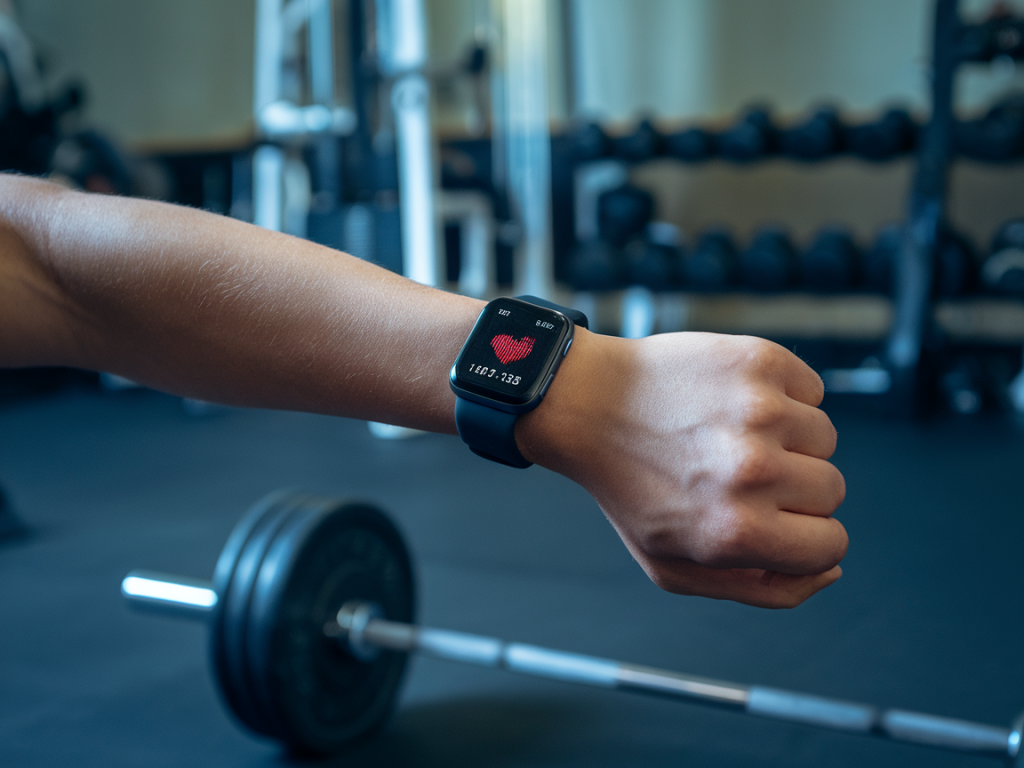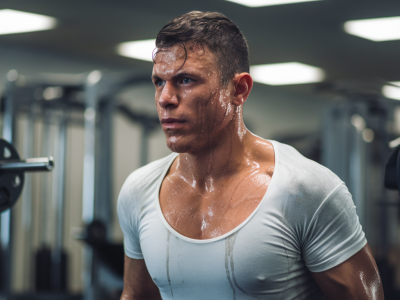
In today’s world of fitness, data is everything. Whether you’re a marathon runner, a weekend gym-goer, or just someone trying to hit 10,000 steps a day, wearable trackers have revolutionized the way we approach our training sessions. From tracking heart rates to monitoring sleep patterns, these nifty gadgets are more than just trendy accessories—they’re powerful tools for optimizing performance and achieving fitness goals.
But let’s face it: with so many options on the market, narrowing down the best wearable tracker for your needs can feel overwhelming. As someone who has tested more devices than I can count, I understand the struggle. So, let me help you decode the best wearable trackers that not only claim to enhance your training but genuinely deliver results. Let’s dive into it!
Enhanced Performance with Real-Time Metrics
One major reason to invest in a wearable tracker is the real-time feedback it provides. No more guessing if you’re in the fat-burning zone or completely overshooting your recovery runs. Devices like the Garmin Forerunner 955 are designed especially for athletes who want to dig deep into their data. With advanced features like VO2 max tracking, cadence analysis, training load insights, and even recovery metrics, this tracker acts like a personal coach on your wrist.
If you’re looking for something simpler that stays user-friendly, you can’t go wrong with the Fitbit Charge 5. It takes a softer approach to fitness, focusing on elements like your heart rate zones, stress management, and overall activity levels. The simplicity makes it a great starting point for beginners aiming to explore how metrics can elevate their training.
Smart Integration for Holistic Fitness
Beyond the basics, wearable trackers these days are all about integration—with your lifestyle, your smartphone, and even your chosen fitness ecosystem. One perfect example is the Apple Watch Series 9, which pairs seamlessly with the Apple Fitness+ platform. I personally love how you can follow guided workouts on your phone or TV while your watch tracks calories, HR zones, and performance, all in real-time.
For Android lovers, the Samsung Galaxy Watch 6 is equally impressive, offering deep integration with its health app and external platforms like Strava and MyFitnessPal. With built-in body composition analysis (yes, it measures metrics like body fat percentage right on your wrist!), this watch takes optimization to a whole new level.
Tracking What Matters: Sleep and Recovery
Let me tell you—training is only as effective as your recovery. You might be pushing yourself hard in the gym, but if your sleep or stress levels are off, your progress will plateau. This is where wearable trackers shine. My favorite for sleep tracking is the Oura Ring, a discreet and lightweight device that goes beyond basic metrics to deliver detailed insights about your sleep cycles, readiness score, and HRV (heart rate variability).
Wrist-based trackers like the WHOOP 4.0 also excel here, analyzing your strain and recovery balance throughout the day. It’s one of the reasons I’ve kept WHOOP in my rotation; the data it provides truly helps me fine-tune my weekly training plans.
Style Meets Functionality
Gone are the days when fitness wearables were clunky gadgets reserved for the gym. Today, brands are making trackers that are as fashionable as they are functional. For example, the Garmin Lily is a sleek tracker designed specifically for women, offering features like menstrual cycle tracking alongside the usual fitness metrics. It genuinely feels more like a chic accessory than a fitness device.
Another great option is the Withings ScanWatch, which strikes a balance between a traditional analog aesthetic and cutting-edge technology. It’s perfect for those who want the benefits of tracking but without sacrificing their everyday style.
A Budget-Friendly Approach
If you’re just dipping your toes into the world of wearable trackers, don’t worry—you don’t have to break the bank. Devices like the Mi Band 8 offer an impressive array of features, from step counting to heart rate monitoring, for a fraction of the price of premium brands. While it may not provide high-resolution data or advanced metrics like an Apple Watch or Garmin, it’s a fantastic option for those starting their fitness journey.
Another budget-friendly tracker that has impressed me is the Amazfit Bip 5. With solid GPS tracking, long battery life, and basic health data tracking, it’s a boon for runners and outdoor enthusiasts who want reliability without splurging.
Customized Training Experience
One of the biggest perks of modern wearables is their ability to tailor recommendations to your unique fitness profile. For example, the Polar Pacer Pro provides personalized cardio load details based on your past workouts, ensuring you’re training smarter, not harder. Its detailed post-run analysis has helped me refine my race prep strategy more times than I can count!
For gym-goers and strength training enthusiasts, the Whoop 4.0 or Fitbod app-compatible wearables can offer data on biomechanical efficiency, allowing you to tweak your reps and sets for maximum gains.
Battery Life: A Game-Changer
If you hate constantly charging your gadgets like I do, battery life is a key factor to consider. Garmin, again, leads the pack here—particularly their Garmin Instinct 2 Solar, which can last up to months with solar charging. Meanwhile, Fitbit devices like the Inspire 3 boast solid week-long battery performance, making them perfect for hassle-free use during travel or busy weeks.
On the other hand, high-functionality devices like the Apple Watch or Samsung Galaxy Watch require more frequent charging due to their robust features. If you’re willing to sacrifice battery for all-in-one utility, these smartwatches remain unbeatable in terms of versatility.
Final Reflections
When choosing the right wearable tracker, your decision ultimately depends on your goals. Whether it’s enhancing athletic performance, ensuring better recovery, or simply staying active, there’s a wearable tailored to your needs. Personally, I’d advise you to consider your fitness routine, your style preferences, and, of course, your budget before making a purchase. Fitness is a journey, and having a personalized companion on your wrist can make all the difference in turning goals into achievements!

